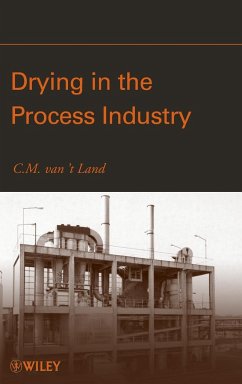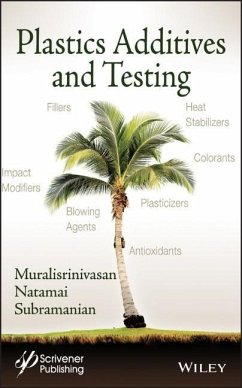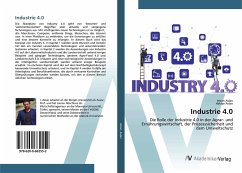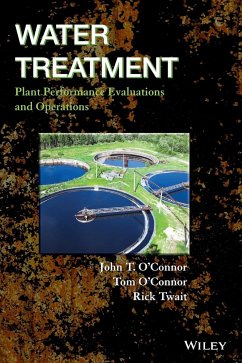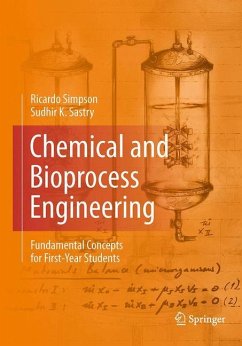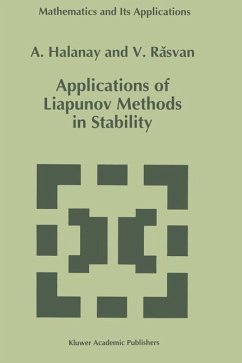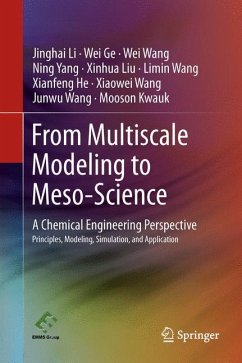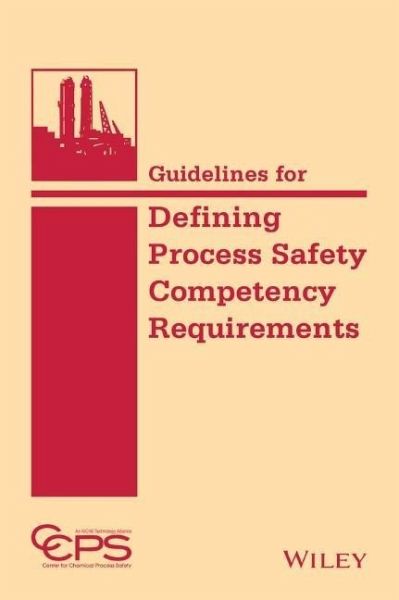
Guidelines for Defining Process Safety Competency Requirements
This Guideline presents the framework of process safety knowledge and expertise versus the desired competency level in a "super-matrix" format, vertically and diagonally. The matrix references for potential remedies/required training may be tailored to a company's internally developed training, reference externally available training, or some combination of the two.Chapters include: Identify Process Safety Roles & Competency Needs; Process Safety Competency Matrix; Individual and Corporate Process Safety Competencies; Conduct Assessments vs. Needs; Develop Gap Closure Plans; and Sustaining Com...
This Guideline presents the framework of process safety knowledge and expertise versus the desired competency level in a "super-matrix" format, vertically and diagonally. The matrix references for potential remedies/required training may be tailored to a company's internally developed training, reference externally available training, or some combination of the two.
Chapters include: Identify Process Safety Roles & Competency Needs; Process Safety Competency Matrix; Individual and Corporate Process Safety Competencies; Conduct Assessments vs. Needs; Develop Gap Closure Plans; and Sustaining Competencies.
Chapters include: Identify Process Safety Roles & Competency Needs; Process Safety Competency Matrix; Individual and Corporate Process Safety Competencies; Conduct Assessments vs. Needs; Develop Gap Closure Plans; and Sustaining Competencies.






